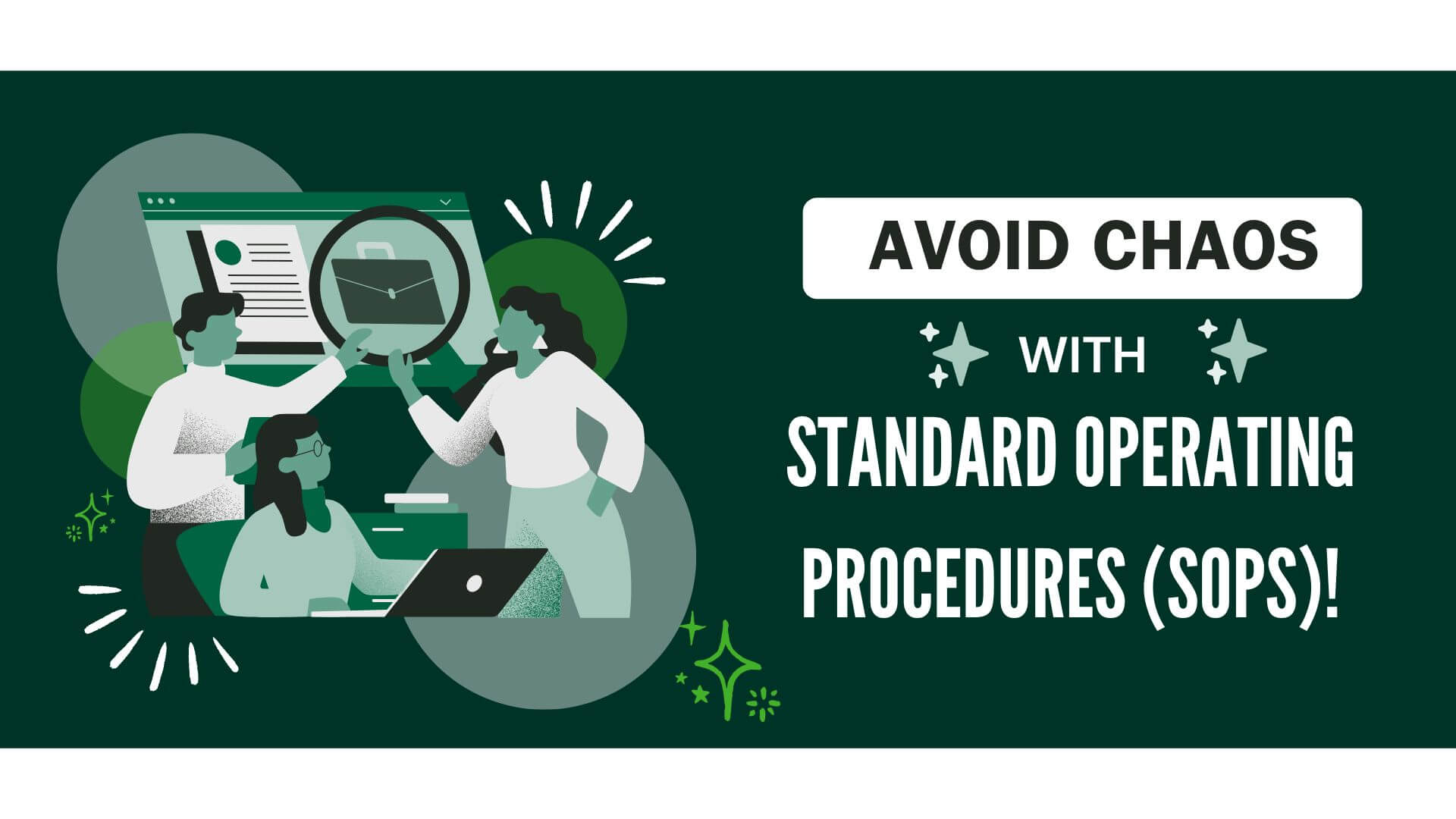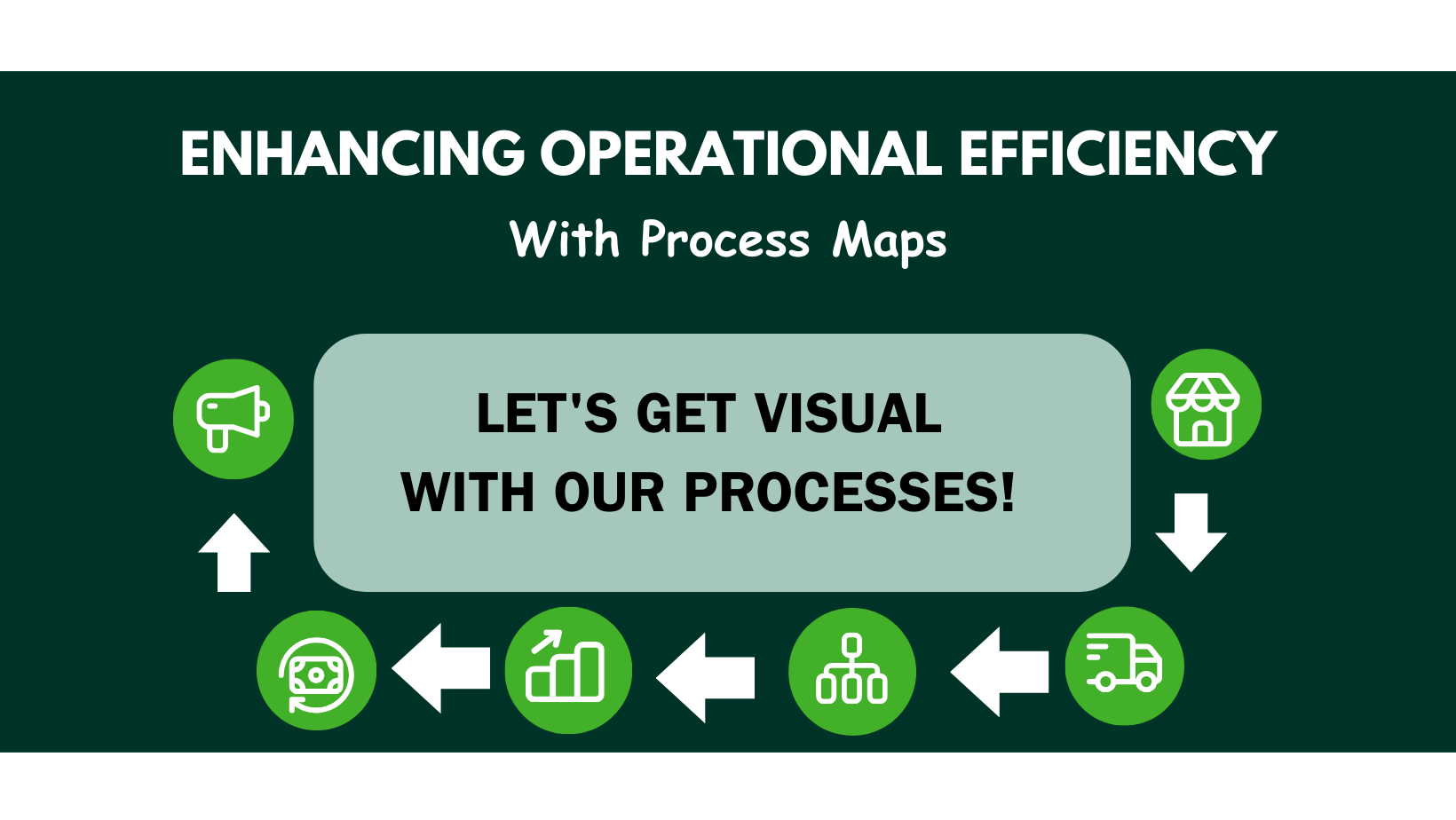
Navigating the complexities of higher education can often feel like trying to solve a Rubik’s Cube blindfolded. But what if there were a clearer, simpler path to success? Enter Standard Operating Procedures (SOPs), the unsung heroes of the academic world. SOPs are not just about maintaining order; they’re about creating an environment where students, faculty, and staff can thrive. So, let’s dive into the world of SOPs and discover how they make the academic and administrative gears turn smoothly.
What are Standard Operating Procedures?
Standard Operating Procedures (SOPs) are essentially a set of step-by-step instructions compiled by an organization to help workers carry out complex routine operations. Think of them as the compass that guides our actions, the roadmap to success.
Imagine if every department and every person did things their own way. Chaos, right? SOPs bring order to the madness by setting up rules that everyone follows. Whether it’s handling student issues or managing the campus, having established SOPs ensures that everyone follows the same procedures, leading to uniformity in outcomes and minimizing errors.
Saving you time
In a busy college like ours, time is precious. SOPs are like cheat codes that help you get things done faster. With clear instructions on what to do and how to do it, SOPs cut down on guesswork and make tasks a breeze. Who doesn’t love a shortcut?
Compliance is non-negotiable.
are a great way incorporate legal and regulatory requirements into everyday operations, ensuring that the we remain compliant with relevant laws and standards. Moreover, SOPs establish accountability by clearly defining roles and responsibilities, making it easier to track performance and address any deviations from established procedures.
Great for knowledge transfer!
Finally, SOPs serve as valuable training tools for new staff members and ongoing professional development for existing employees. By documenting procedures in detail, SOPs provide a reference point for training sessions and empower employees to perform their roles effectively.
Want To Learn More About SOPs?
Come next month, the AC Way team will be hosting a practical workshop on how to craft winning SOPs! But before the workshop, check out our knowledge center module on SOPs to get you started on your journey.
Stay tuned to the AC Way Blog for sneak peaks and launch announcements!





